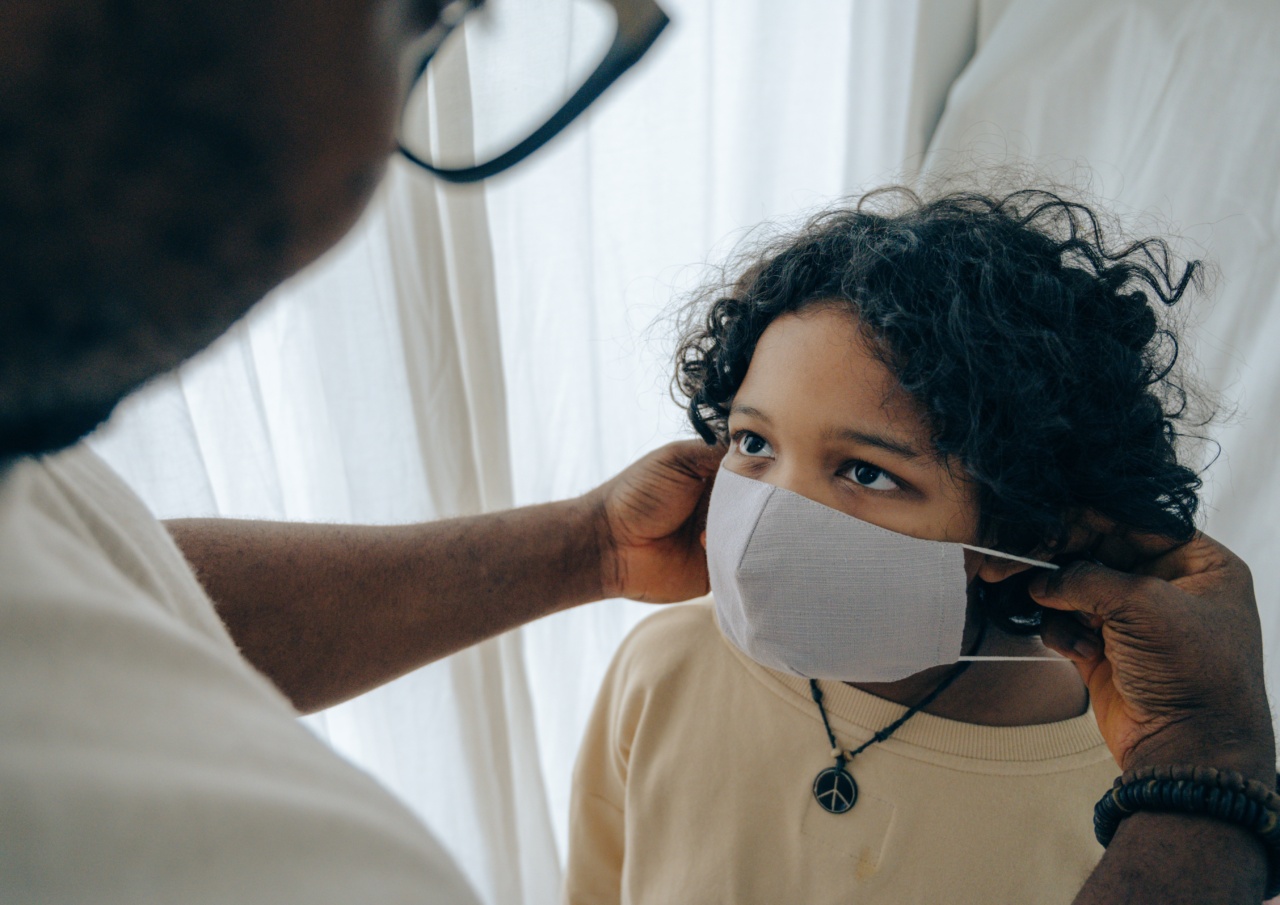Helicobacter pylori (H. pylori) is a bacterium that infects the stomach lining. It is a common infection that affects people of all ages, but it is more common in children.
Helicobacter pylori is a gram-negative bacteria that can cause inflammation of the stomach lining, leading to gastritis, peptic ulcers, and stomach cancer.
Transmission and Risk Factors
The transmission of H. pylori is still unclear, but it is believed that it is primarily through oral-oral or fecal-oral routes. The risk factors for H.
pylori infection include poor sanitation, overcrowding, lower socioeconomic status, and living in developing countries. Children living in households with infected individuals are also at higher risk of infection.
Symptoms of H. pylori infection in Children
H. pylori infection does not always cause symptoms in children. However, some symptoms that may occur in children with the infection include:.
- Stomach pain or discomfort
- Nausea or vomiting
- Loss of appetite or weight loss
- Bloating or indigestion
- Fatigue or weakness
In severe cases, H. pylori infection can lead to stomach ulcers, bleeding, and anemia. Therefore, it is important to recognize and treat the infection in children.
Diagnosis of H. pylori infection in Children
There are several ways to diagnose H. pylori infection in children. These include:.
- Blood tests
- Breath tests
- Stool tests
- Endoscopy with biopsies
The most accurate test is an endoscopy with biopsies. During this procedure, a thin tube with a camera is inserted through the mouth and into the stomach. Small samples of tissue are taken from the stomach lining and tested for the presence of H.
pylori bacteria.
Treatment of H. pylori Infection in Children
The treatment for H. pylori infection in children is a combination of antibiotics and acid-blocking medications.
Antibiotics are given to kill the bacteria, and acid-blocking medications are given to reduce stomach acid production, which can promote healing of the stomach lining.
The most commonly used antibiotics for the treatment of H. pylori infection in children are clarithromycin, amoxicillin, and metronidazole. These antibiotics are given in combination with a proton pump inhibitor or an H2 receptor blocker.
Treatment duration can last from one week to two weeks.
Prevention of H. pylori Infection in Children
Prevention of H. pylori infection in children can be challenging, but measures that may reduce the risk of infection include:.
- Improving sanitation and hygiene
- Avoiding contact with contaminated sources
- Limiting antibiotic use, especially in young children
- Screening infected family members and treating them to eradicate the bacteria from the household environment
Conclusion
In summary, H. pylori infection is a common infection in children. It is important to recognize and treat the infection in children to prevent complications such as stomach ulcers and cancer.
Accurate diagnosis through endoscopy with biopsies and appropriate treatment with antibiotics and acid-blocking medications can effectively eradicate the bacteria from the body. Prevention measures such as improving sanitation and hygiene, limiting antibiotic use, and screening and treating infected family members can reduce the risk of H. pylori infection in children.



























